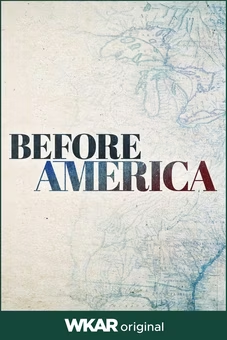
Brown v. Board of Education Anniversary
Special | 54sVideo has Closed Captions
The U.S. Supreme Court's historic Brown v. Board of Education ruling occurred on May 17, 1954!
The Brown v. Board of Education court case is recognized as one of the most crucial cases in the fight for civil rights in the U.S. The original class action lawsuit against the Board of Education of Topeka, Kansas in 1951 eventually made its way to the U.S. Supreme Court, which ruled unanimously on May 17, 1954 that racial segregation in public schools is unconstitutional.
Problems playing video? | Closed Captioning Feedback
Problems playing video? | Closed Captioning Feedback
History in a Nutshell is a local public television program presented by SCETV

Brown v. Board of Education Anniversary
Special | 54sVideo has Closed Captions
The Brown v. Board of Education court case is recognized as one of the most crucial cases in the fight for civil rights in the U.S. The original class action lawsuit against the Board of Education of Topeka, Kansas in 1951 eventually made its way to the U.S. Supreme Court, which ruled unanimously on May 17, 1954 that racial segregation in public schools is unconstitutional.
Problems playing video? | Closed Captioning Feedback
How to Watch History in a Nutshell
History in a Nutshell is available to stream on pbs.org and the free PBS App, available on iPhone, Apple TV, Android TV, Android smartphones, Amazon Fire TV, Amazon Fire Tablet, Roku, Samsung Smart TV, and Vizio.
Providing Support for PBS.org
Learn Moreabout PBS online sponsorship"Separate but Equal" is not equal at all!
The Brown v. Board of Education case originated in Topeka, Kansas, when plaintiff Oliver Brown filed a class action lawsuit against Topeka's Board of Education in 1951, after his daughter, Linda, was denied entrance to Topeka's all-White elementary schools.
The case eventually made its way to the U.S. Supreme Court and on May 17th, 1954, the Supreme Court made one of its most historic rulings: racial segregation in public schools violated the 14th Amendment's "Equal Protection Clause", and is unconstitutional.
The Supreme Court, however, did not specify exactly how schools should be integrated, which led to resistance from southern states.
Although the Brown v. Board case did not achieve full school desegregation on its own, it was a landmark step in the Civil Rights Movement's fight for progress.
Support for PBS provided by:
History in a Nutshell is a local public television program presented by SCETV















